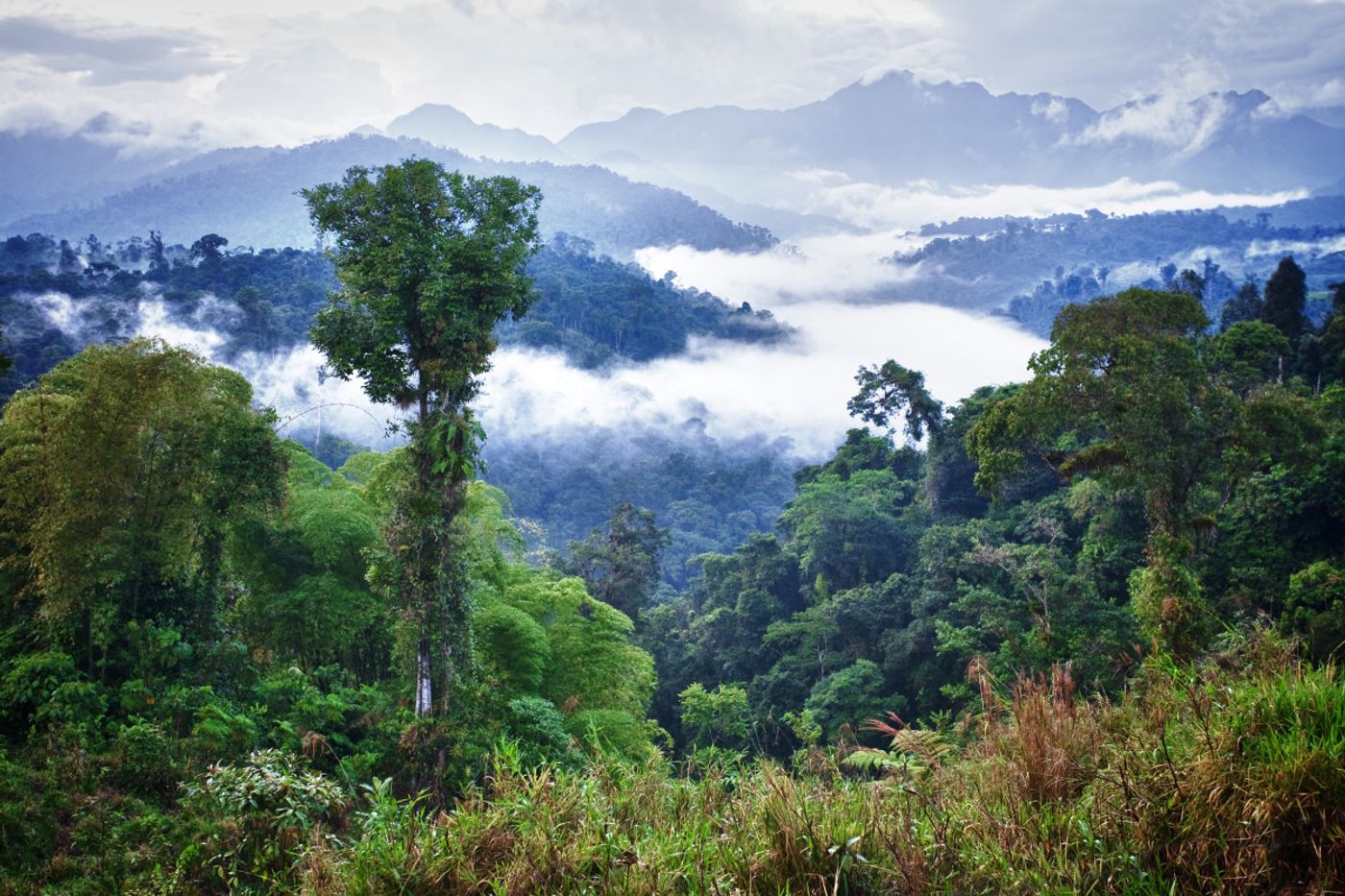Are all the trees dying?
A new study published in New Phytologist suggests that trees are dying fast than before, up to two times faster! The study, which looked at trees over almost all regions of the world, determined that trees in the tropics are at great risk due to a mish-mash of climate change-related factors.
The team of scientists analyzed trees throughout Asia, South America, and Africa in order to figure out how rising temperatures, carbon dioxide levels, drought, fires, more potent storms, insect infestation, and the abundance of lianas are impacting them. Most trees in the tropics are confronted with all of these threats, but the scientists found that the conditions that cause tree mortality most frequently are “carbon starvation” and “hydraulic failure” - in other words, not enough food or water.
You might ask, but if there’s more CO2in the atmosphere with climate change, why are trees suffering from carbon starvation? Turns out it’s because higher temperatures limit trees' ability to absorb CO2. That’s because trees will automatically close their stomata when temperatures rise in an effort to conserve water - but doing so also closes off their ability to take in carbon dioxide. If stomata are closed for long enough, a plant can experience carbon starvation.
Yet even when a tree closes its stomata, it still loses a certain amount of water when temperatures are high due to evaporation. Trees’ moisture is also threatened by fires, which make forests hotter and dryer and even if a tree is able to survive the fire itself, it will likely lose much of its moisture in the aftermath, putting it at risk for hydraulic failure. Lianas, thick, woody vines, also often threaten trees because they act as competition for limited resources like light, water, and nutrients.
"No matter how you look at it, trees in the moist tropics will likely die at elevated rates through the end of this century relative to their mortality rates in the past," said Nate McDowell, lead author of the study. "Trees have a great ability to survive, but there is only so much they can withstand -- the question we now face is identifying those thresholds so we can predict risk to tropical forests," added McDowell.
Predicting those risks is imperative to understanding and regulating levels of atmospheric carbon dioxide, as trees in the tropics hold an important function as carbon mega-sinks, “absorbing much more carbon proportionally than all the other forests combined,” according to Science Daily.
Sources: Science Daily, New Phytologist, https://www.thelocaltreeexpert.com/









